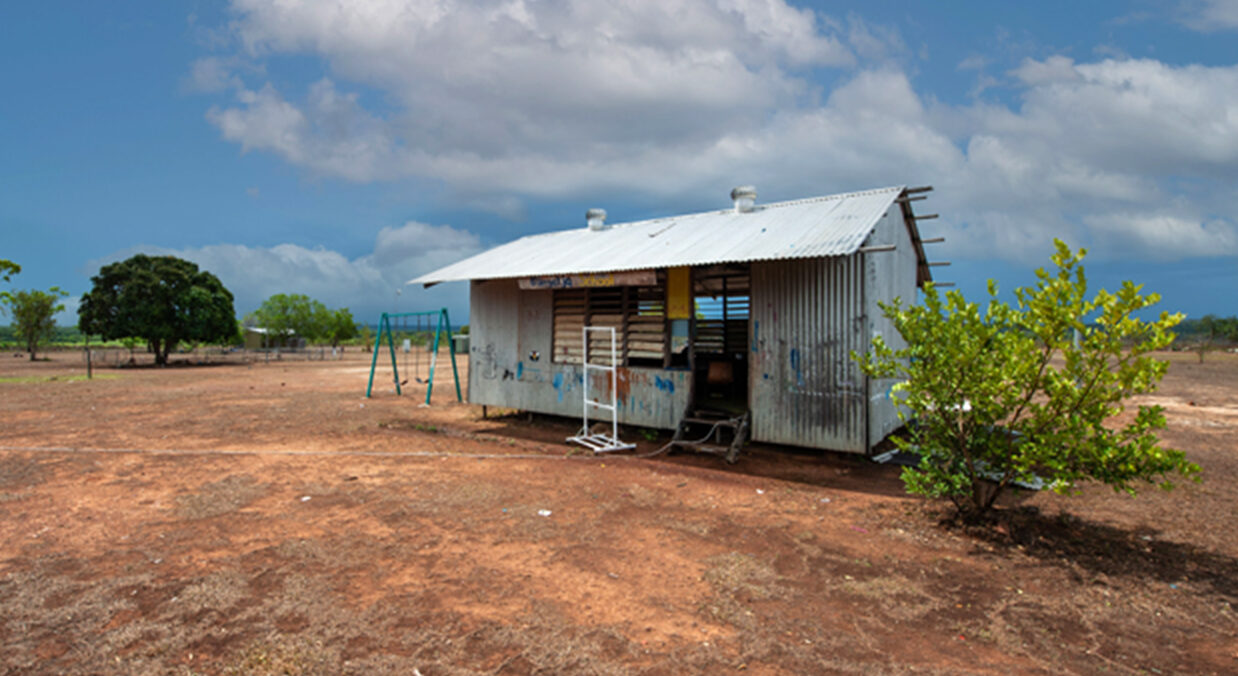Families
Stolen Generation Redress Scheme
The Morrison Government has launched the Stolen Generation Redress Scheme. Prime Minister Scott Morrison said
Read More
The updated National Agreement on Closing the Gap was developed in partnership between Australian Governments and Aboriginal and Torres Strait Islander peak organisations, and with its focus on new ways of doing things, through its Priority Reforms, as well as on the outcomes experienced by Aboriginal and Torres Strait Islander people.
The National Agreement has 17 targets across the following outcome areas: education, employment, health and wellbeing, justice, safety, housing, land and waters, and languages.
Outcomes are the desired result for Aboriginal and Torres Strait Islander people.
Targets are specific and measurable goals that will be monitored to show how progress is being made across each of the outcome areas. Under each of the targets, there are indicators that help to provide an understanding of how progress will be tracked.
As well as the target, the agreement defines four key policy reforms that focus on changing the way governments work with Aboriginal and Torres Strait Islander people.
The July 2021 report found that many of the targets are just establishing baseline data as they were not reported on previously. The seven targets that did have recent and previous data show that three are on track (healthy birthweight babies, the enrolment of children in the year before full time schooling and youth detention rates), while the remaining four are not on track (life expectancy, adult imprisonment, out-of-home care for children and suicides).
The agreement aims for the rate of Aboriginal and Torres Strait Islander adults held in incarceration to reduce by at least 15% by 2031. The report has shown that the rate of Aboriginal and Torres Strait Islander prisoners was 2081 per 100 000 adults at June 30, 2020– an increase from 2077.4 in 2019.
However, in 2019-20, the rate of Aboriginal and Torres Strait Islander children in detention decreased from 31.9 per 10 000 young people in 2018-19, to 25.7 in 2019-20.
The report noted that the target of a ‘significant and sustained reduction’ in suicide rates of Indigenous Australians, towards zero, is not on track to be met. In 2019, the suicide rate (for NSW, Queensland, WA, SA and the NT combined) for Aboriginal and Torres Strait Islander people was 27.1 per 100 000 people — an increase from the previous year.
Rates of children in out-of-home care have also increased, with the report finding 56.3 per 1000 Aboriginal and Torres Strait Islander children were in out-of-home care in 2020. This was an increase from the 2019 rates, and is not in line with the national target of a reduction by 45%.
While the data has shown that improvements in life expectancy for Aboriginal and Torres Strait Islander people since 2005−2007 have narrowed the gap to 8.6 years for boys and 7.8 years for girls in 2015−2017, the national target of ‘no gap’ is not on track to be met, the report said.